November 8, 2024
Spinal canal stenosis is a condition in which the spinal canal narrows, causing symptoms such as lower back pain and leg pain.
In this article, we will explain lumbar spinal canal stenosis in detail.
What is the spinal canal?
The spinal canal is the passageway for the nerves in the spine, a tubular structure formed by the interlocked vertebrae. It also houses the spinal nerves that originates from the brain and pass through the spinal canal, and in the lower back, the cauda equina as well as the nerve roots that branch off from it.
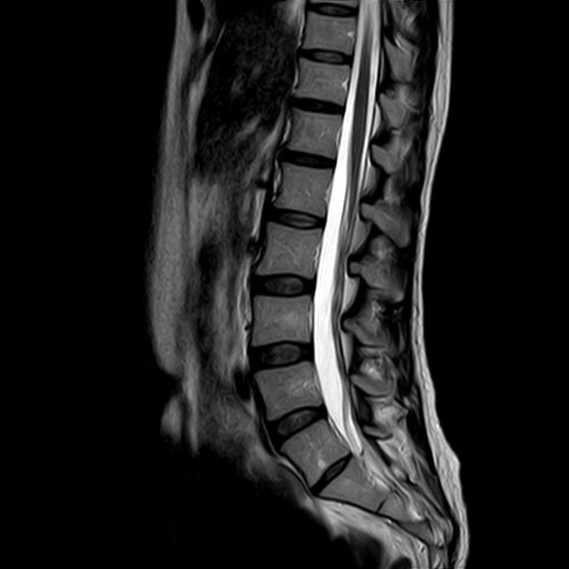
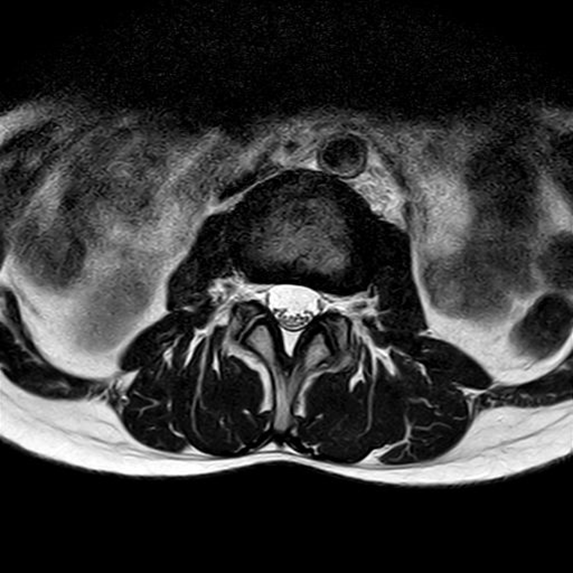
In a healthy spinal canal, the spinal fluid appears white on the MRI images, and the cauda equina will be visible as black dots.
What is spinal canal stenosis?
The narrowing of the spinal canal, which is the path for the nerves, is called spinal canal stenosis. When the spinal canal narrows, the nerves running through it will be compressed.
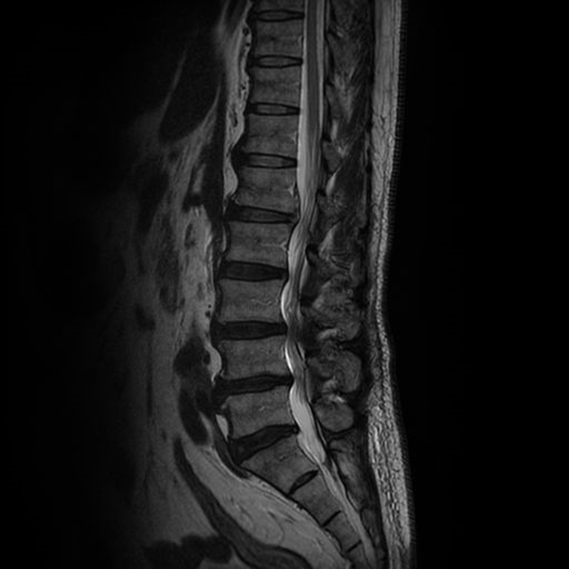
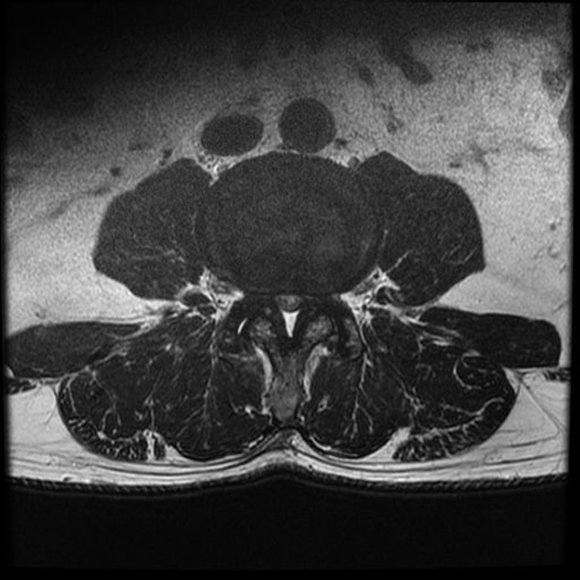
The narrowing will then appear black on the MRI images, and the spinal fluid and cauda equina will not be visible anymore.
Symptoms of spinal canal stenosis
When the spinal canal narrows and the nerves are compressed, symptoms such as pain, numbness and weakness in the lower back and legs occur. If the symptoms are on the right side only, the nerve root on the right side is compressed, and if the symptoms are on the left side only, the nerve root on the left side is compressed. If the symptoms are on both sides of the body, it can be inferred that the cauda equina is compressed.
A typical symptom of spinal canal stenosis is intermittent claudication.
Intermittent claudication is a condition in which you feel pain or numbness in your legs when you walk, making it impossible to walk, and after a short rest you feel better and can walk again, but the pain returns after a while.
The further the stenosis progresses, the shorter the distance you can walk becomes.
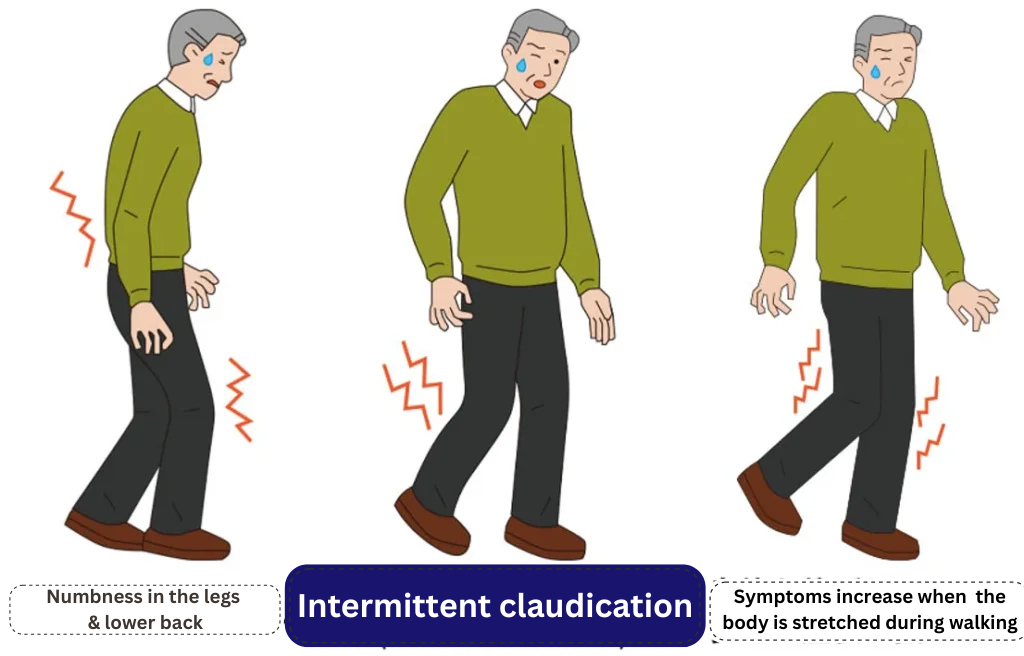
When you bend forward when you have spinal stenosis, the thickened and narrowed yellow ligament is stretched and the spinal canal widens slightly, which momentarily relieves the symptoms.
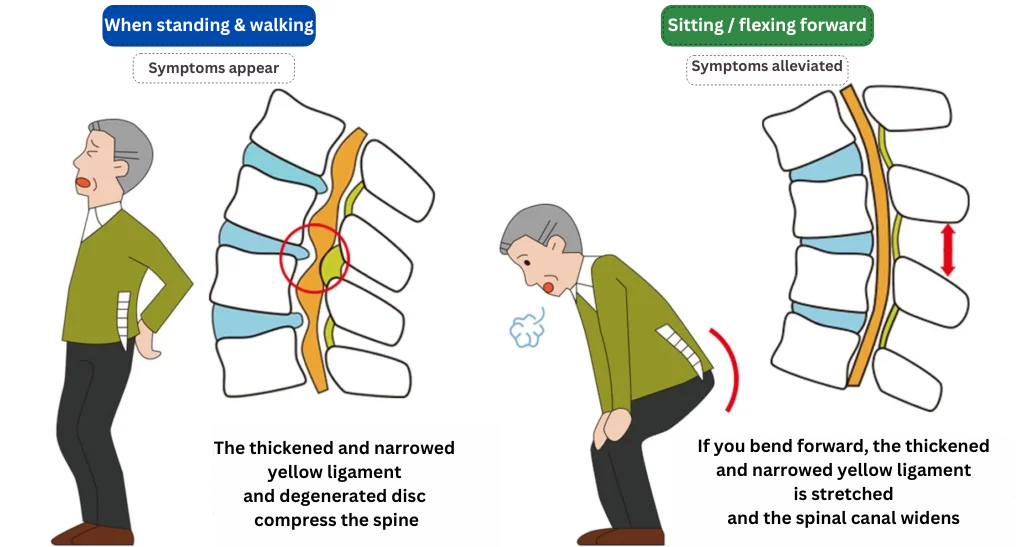
Treatments at our clinic
Our clinic performs the Florence and Cellgel Methods on spinal stenosis.
Both of these procedures are minimally invasive and have a low impact on the body. We recommend them to patients who wish to avoid surgical procedures such as spinal fusion, which require general anesthesia.
The Florence Method
The Florence method is a low-risk, minimally invasive treatment for spinal canal stenosis.
A spacer is inserted percutaneously under partial anesthesia and sedation to widen the narrowed spinal canal. It remains possible to remove the spacer if complications should arise after the treatment has been performed.
The Lobster spacer is inserted inside the vertebral body to stabilize it while preserving spinal rotation and flexion, widening the spinal canal, reducing disc protrusion, and reducing the thickening of the ligamentum flavum. Thus, the narrowed spinal canal is widened, and the pain is relieved.
It is recommended for patients whose condition has failed to improve with conservative treatment and who wish to avoid surgical procedures performed under general anesthesia, such as spinal fusion.
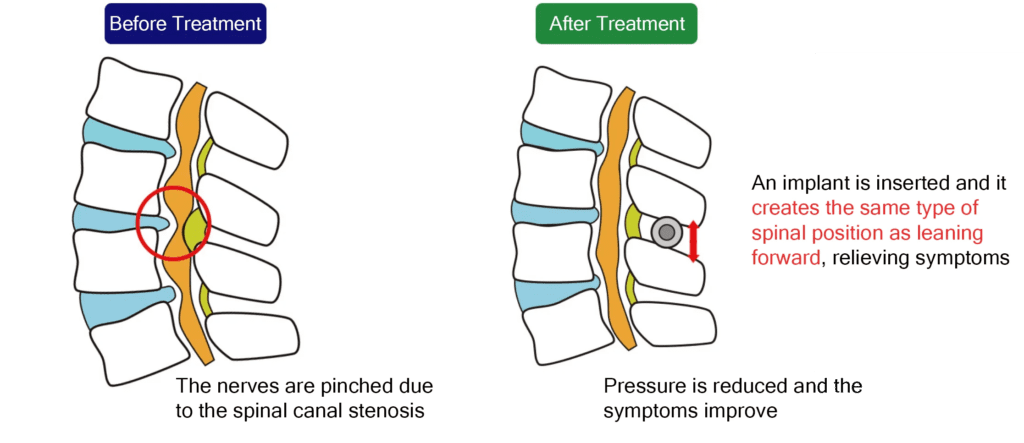
The Cellgel Method
Spinal canal stenosis occurs when a disc cracks, causing the central component to protrude and the protruding portion to cause the spinal canal to narrow. If the disc crack is not repaired, herniation can recur, and the spinal canal can become narrowed again.
The Cellgel method used at our clinics provides a fundamental treatment by injecting a drug that fills the cracks in the disc, which then forms a gel that replaces the cracks. It is characterized by the fact that the volume of the disc is not reduced, and the drug remains in the disc as a gel-like implant after treatment, thus preserving the disc.

If you are suffering from spinal stenosis, please consider a consultation at our clinic.
Related Articles
The Different Symptoms of Spinal Canal Stenosis: If You Have Any of These, It’s a Red Flag!
Is it already too late! ? What should I do about spinal canal stenosis that has been left untreated?
How to Deal with Stenosis Pain and Numbness
What are the Various Complications Possible With Spinal Stenosis?



